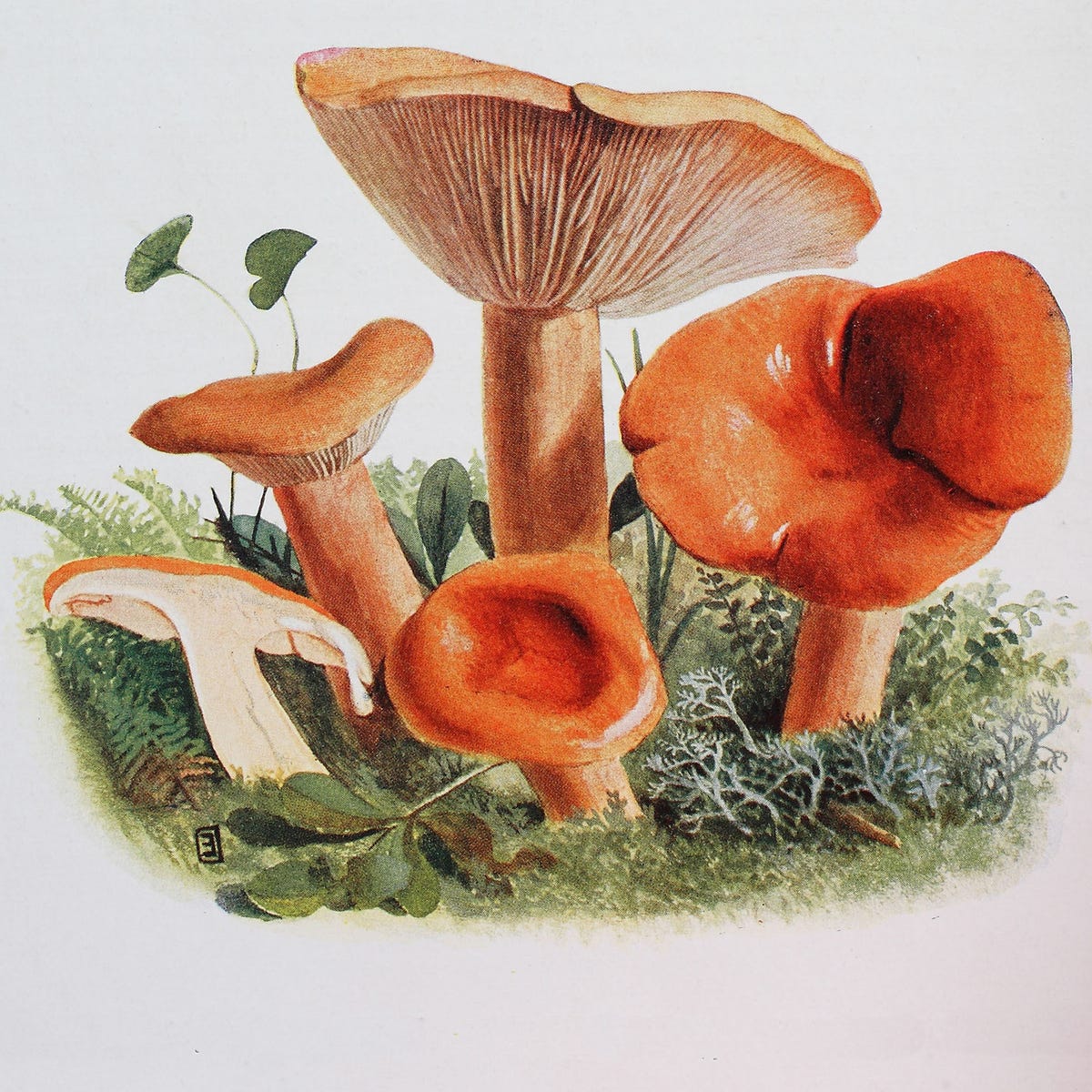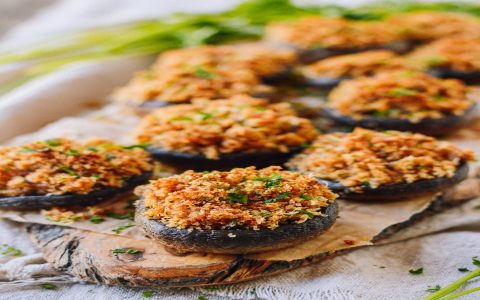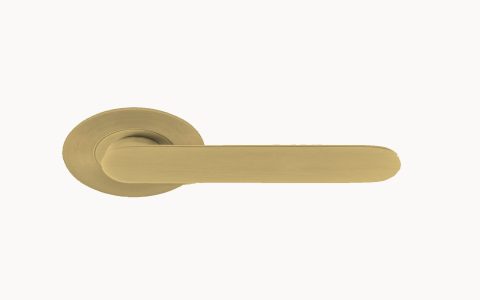Key Considerations in Mushroom Design
Designing a mushroom, whether for illustration, game development, or conceptual art, involves a blend of biological understanding and creative interpretation. Effective mushroom design hinges on thoughtful choices regarding its form, visual characteristics, and contextual relevance.
Anatomy and Morphology
The fundamental structure of a mushroom provides a rich canvas for design. Variations in these components can lead to a vast array of unique creations:
- Cap (Pileus): Consider its shape (e.g., convex, flat, conical, umbonate), size, color, and surface texture (e.g., smooth, scaly, viscid). The type of spore-bearing surface beneath the cap—gills, pores, or teeth—is a critical distinguishing feature.
- Stem (Stipe): Its length, thickness, texture, and color can vary significantly. The presence or absence of a ring (annulus) or a basal cup (volva) adds further detail and can suggest a particular mushroom family or character.
- Hymenophore (Spore-bearing surface): The design of gills (lamellae), pores, or teeth influences the mushroom's underside appearance. Spacing, depth, and attachment to the stipe are key details.
- Mycelium: While often hidden, subtle hints of the underlying mycelial network can ground the mushroom in its environment or add an ethereal quality.
Visual Appeal and Stylization
Beyond anatomical accuracy, the aesthetic choices define the mushroom's impact:

- Color Palette: This can range from hyperrealistic earth tones to vibrant, fantastical hues. Color can convey mood, toxicity, or magical properties.
- Texture: Visual and implied tactile qualities—such as velvety, slimy, dry, cracked, or bioluminescent—add depth and realism or fantasy.
- Form Language: The overall silhouette and the interplay of shapes (organic curves, sharp angles) contribute to the mushroom's character. Proportions between cap and stipe are crucial.
- Anthropomorphism: For character design, consider how facial features or bodily posture can be integrated into the mushroom's form, imbuing it with personality.
Context and Narrative
A mushroom's design should be informed by its intended environment and narrative role:
- Environment Integration: Does it grow in a dark forest, a luminous cave, or an alien landscape? Its design should reflect its habitat, potentially incorporating elements like moss, dew, or symbiotic relationships.
- Function and Symbolism: Is the mushroom edible, poisonous, medicinal, a light source, or a structural element? Its appearance can hint at its properties or symbolic meaning within a larger story.
- Personality (if a character): The design can express traits like wisdom, mischief, danger, or innocence.
Design Iteration
Refining a mushroom design often involves iterative sketching and exploration. Consider developing multiple thumbnails focusing on silhouette and key features before committing to a final detailed rendering. Experimentation with lighting and material properties can further enhance the final visual.







